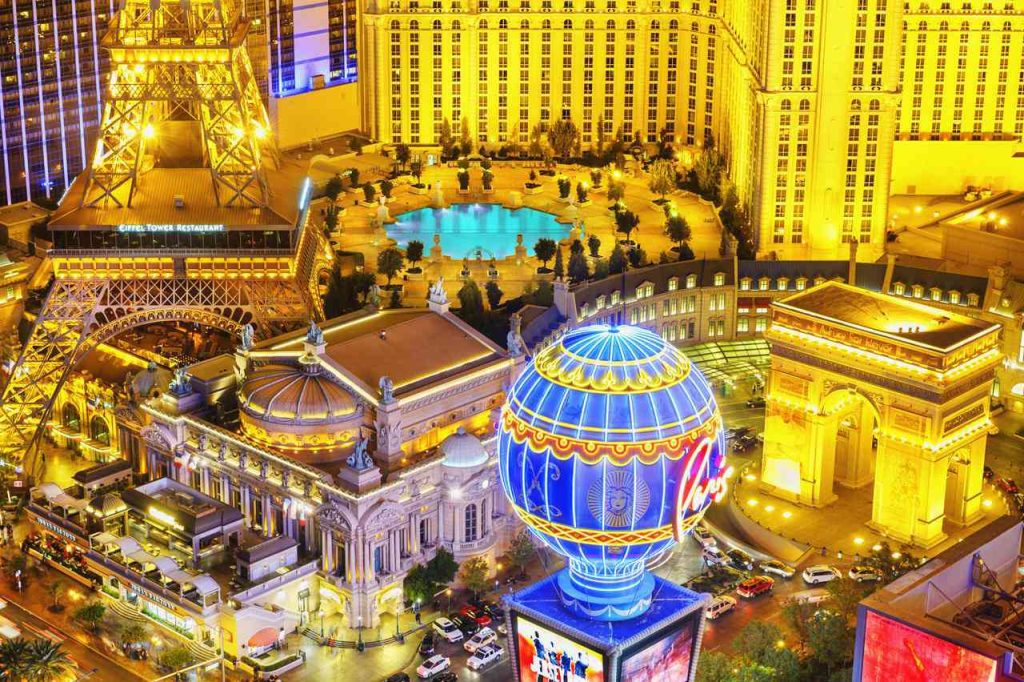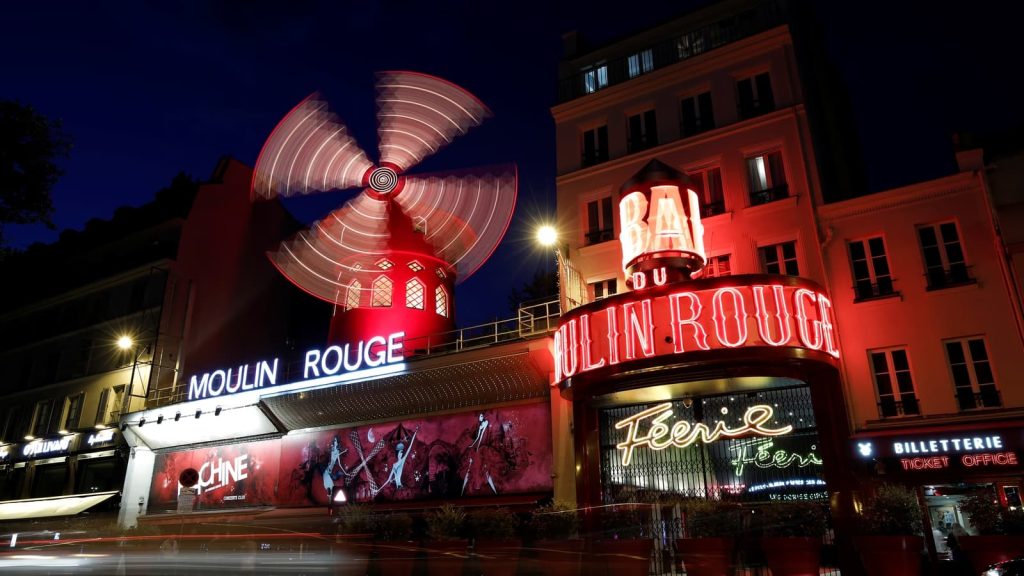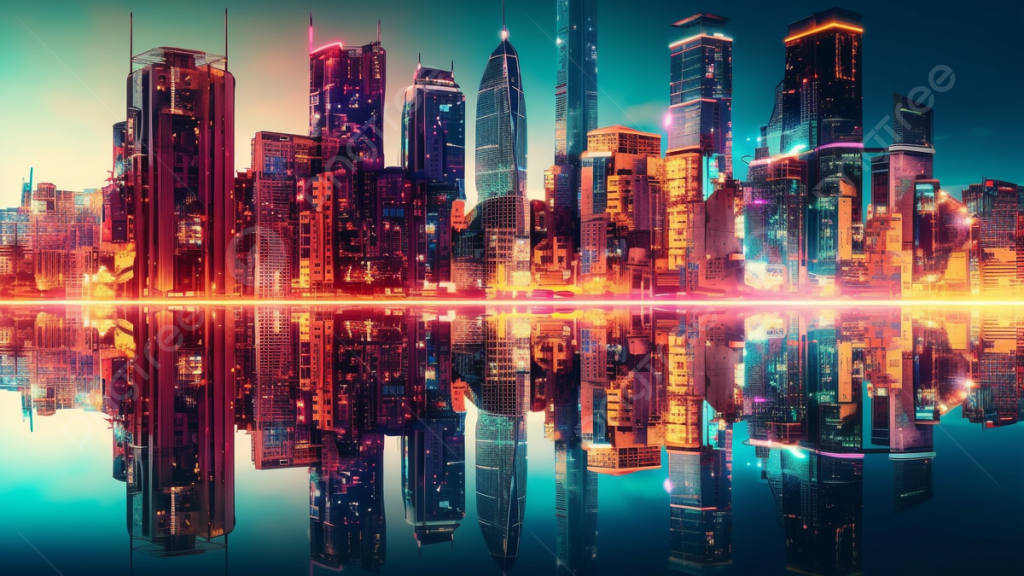
In modern cities, the nighttime scenery is often dominated by neon lights. These bright lights create a stunning and vibrant atmosphere that enlivens the city. From a distance, it’s as if an ocean of neon lights envelopes the entire city, mesmerizing people. This article will explore the origins, evolution, and impact of neon light culture on people’s lives.
Part One: Origins and Development of Neon Lights

Neon lights were first originated in the late 19th and early 20th centuries in the United States and Europe. Back then, inventors discovered that gases such as neon could produce light when filled into glass tubes. The earliest use of neon lights was in bars and nightclubs by creators to attract customers. As time went by, the usage of neon lights expanded and began to appear in various places like streets, storefronts, transportation, and more.
With technological advancements, the production process of neon lights also saw significant improvements. Traditionally, neon lights were produced by filling transparent glass tubes with noble gases like neon and producing light through an electric current. Nowadays, neon lights utilize advanced LED technology, providing more stable, durable, and energy-efficient lighting. Additionally, neon lights come in a wide range of colors, enabling them to adapt to different needs and create stunning visual effects.
Part Two: Characteristics and Impact of Neon Light Culture

Neon lights possess several unique features that make them stand out:
- Vibrant Colors: Neon lights offer a variety of colors that can be adjusted by varying the proportions of red, green, and blue primary colors. This allows for creating captivating visual displays during the nighttime, drawing attention from people.
- Energy Efficiency: Compared to traditional incandescent bulbs and fluorescent lamps, LED neon lights consume less energy and have a longer lifespan. Moreover, since LED neon lights generate less heat, they are safer and more environmentally friendly to install and use.
- Artistic Expression: Neon lights can be arranged in various shapes and patterns, creating unique artistic effects. Many designers and artists utilize the flexibility of neon lights to create stunning works of art that enhance the city’s nighttime allure.
- Economic Promotion: Neon lights are frequently used to identify landmark buildings or shopping centers to attract customers. As a result, neon lights have become a symbol of economic prosperity, signifying a city’s growth and development.
However, along with urbanization and population growth, neon light culture faces challenges and issues. For instance, overreliance on neon lights might lead to a homogenized cityscape lacking individuality. Additionally, excessive brightness from neon lights may affect surrounding residents’ quality of life. Therefore, while promoting and developing neon light culture, it is crucial to manage it reasonably to achieve sustainable urban development goals.
Part Three: Future Prospects and Reflections

With advancements in technology and changes in societal trends, neon light culture will continue to evolve and expand. Some potential trends for the future include:
- Intelligence: With the advent of the Internet of Things (IoT) and artificial intelligence (AI), future neon lights may have smart capabilities. For example, they could adjust brightness based on ambient light conditions or connect to smartphones for remote control and customization.
- Multifunctionality: In addition to their decorative purpose, future neon lights might serve multiple functions such as advertising, traffic guidance, environmental monitoring, among others, providing people with more convenience and services.
- Environmental Protection: As society becomes more environmentally conscious, future neon lights may prioritize sustainability. They might use more energy-efficient LED technology or be made from recyclable materials. Additionally, they could focus on reducing light pollution and energy waste concerns.
Conclusion
Neon lights have become an integral part of modern cities’ nighttime landscape due to their vibrant colors and captivating effect. They provide not only aesthetic pleasure but also practical benefits such as guiding traffic and serving as advertisements. However, as society progresses and people value environmental protection, new challenges arise that require innovative solutions. Only through a combination of technology, art, and environmental awareness can neon light culture continue to shine brightly in the future while contributing to sustainable urban development efforts.


Comments